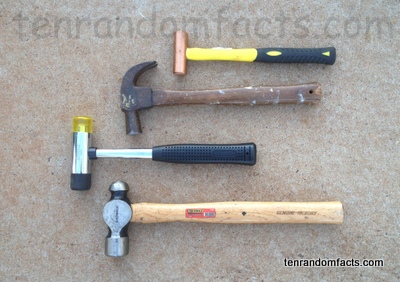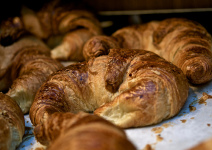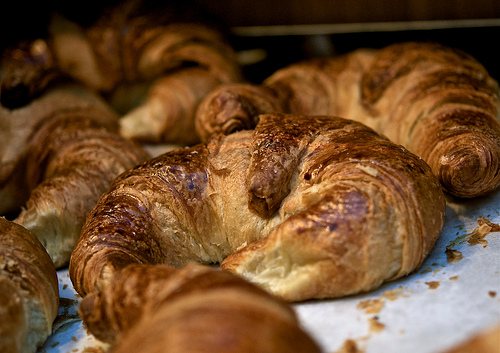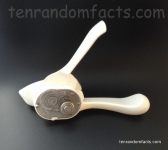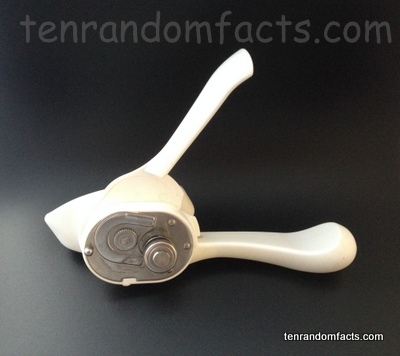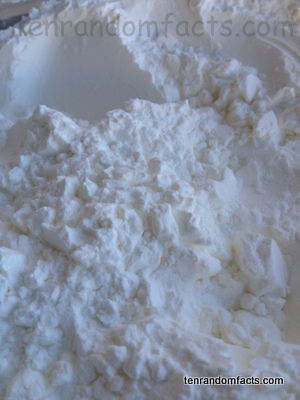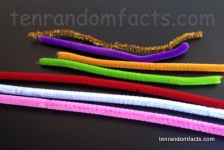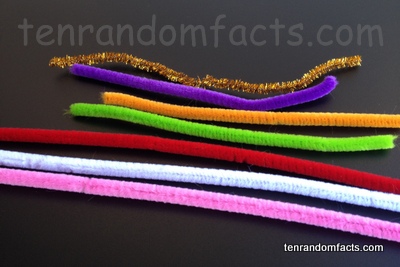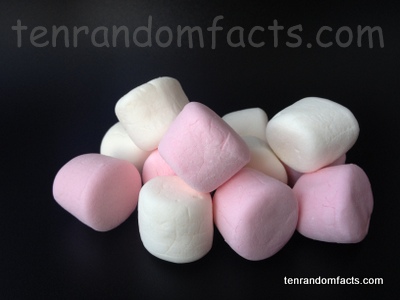
Hear those hammers striking iron early in the morning.
- Hammers are tools used primarily to imply a sharp force on to an object, often to force an item into another.
- Hammers are often used to secure nails, shape metal or apply components, as well as crush and destroy objects.
- Hammers have been used since the Stone Ages, and were made of rock, used for carving and breaking items including stone, wood and bone.
- Hammers most often require a human force to become useful, although mechanical and electrical versions are available.
- Hammers generally are made of a handle and a head, and the head is often shaped and has a flat sided knob that often impacts the item, and sometimes a claw on the opposite end.
- The head of hammers are generally made of metal, often steel, due to having a suitable mass, although they can be wooden, and these have a softer impact which helps to prevent damage to the item being hit.
- The claw of a hammer is commonly used to grasp unwanted nails and remove them from the driven object, and there is increased power due to the leverage occurring.
- Titanium hammer heads have been proven to absorb most recoil from the force of the impact, with recoil being up to ten times greater in typical steel heads.
- Hammers are often used to symbolise mining, industrial and manufacturing workplaces, and they were adapted as a close combat weapon, used in the late medieval times, although they were larger and heavier than the modern device.
- The most common style is the claw hammer, that typically weighs between 455 to 680 grams (16 to 24 ounces).



